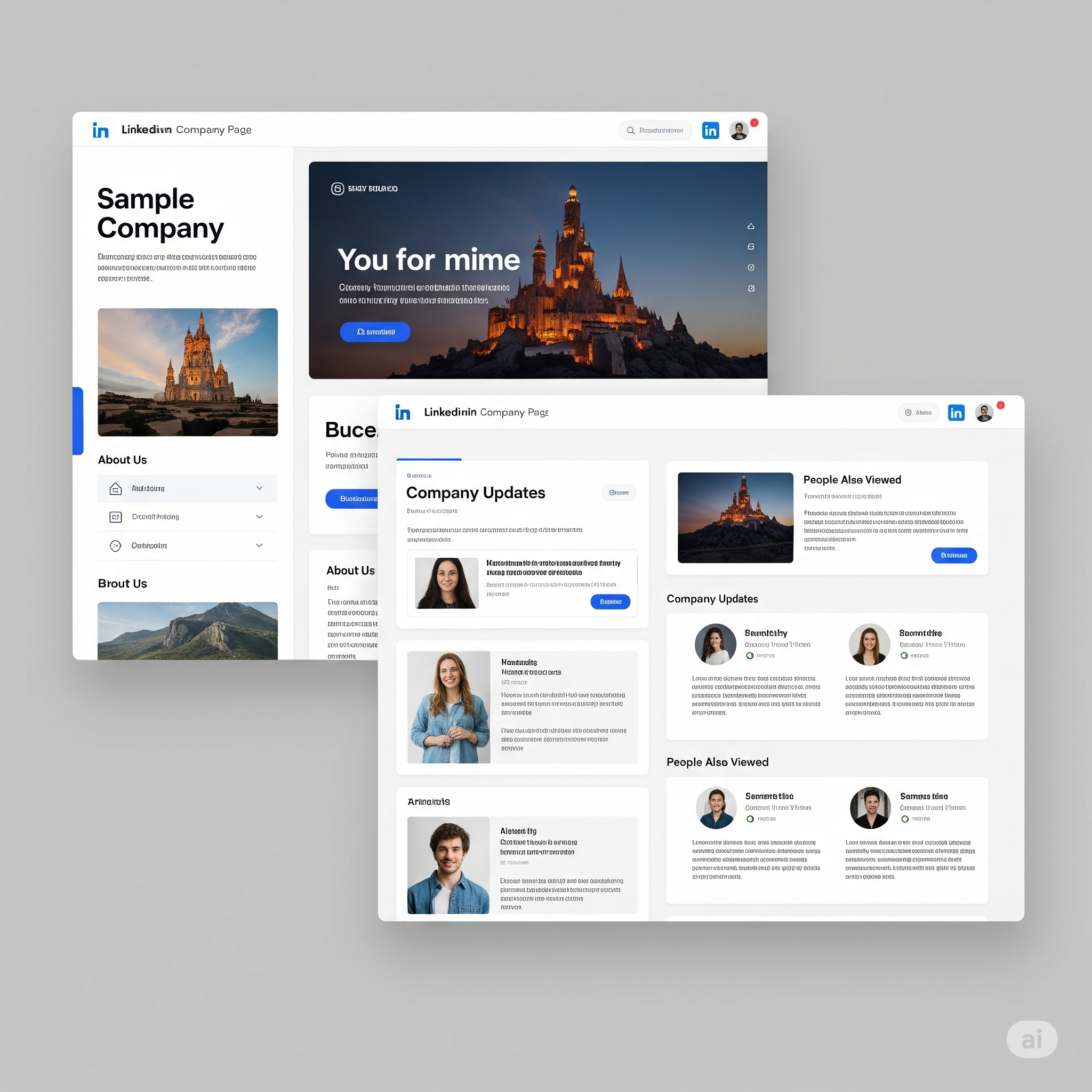
Prospecting mistakes can cripple your B2B company's sales pipeline. Even if you have a steady supply of high-quality sales leads or Project Reports from SalesLeads, you may fail to convert them into buyers unless you use prospecting techniques that deliver results. If you're guilty of making any of the 10 sales prospecting mistakes listed below, you'll face an uphill battle trying to convert sales leads into buyers.
#1) Exhausting Time and Resources on Low-Level Employees
Don't make the mistake of spending all your sales prospecting time and resources on low-level employees. If a buyer has a low-level position at a company, he or she probably doesn't have the authority to make purchases.
#2) Searching for Email Addresses Manually
You don't have to search for buyers' email addresses manually. All of our Project Reports or sales leads comes with the contact name, email address and direct phone number. If you don't subscribe to the SalesLeads service, you can still get the right contact information through our Target Account Sales Intelligence database. It's a cost effective solution that allows you buy as you go.
#3) Sending the Same Prospecting Emails to All Buyers
Another sales prospecting mistake to avoid is sending the same email to all buyers. You'll almost always experience better results when creating custom emails for different groups of buyers. According to Mailchimp, in fact, segmented emails such as this have 15% higher open rates than generic, non-segmented emails.
#4) Not Validating Sales Leads
You should always validate your B2B company's sales leads. If you don't, you'll waste valuable time and resources contacting non-converting leads. Lead validation, of course, refers to the separation of sales leads from non-sales leads. Leads such as customer service communications and spam are considered non-sales leads. Therefore, they should be excluded from your sales prospecting efforts.
#5) Relying on Email
Email is undoubtedly a popular, as well as effective, channel for sales prospecting. That doesn't mean, however, that you should rely strictly on email for sales prospecting. Most businesses today have a phone line, with some businesses having over a dozen phone lines. Therefore, you should include calling in your sales prospecting strategy as well as direct mail and targeted social media.
#6) Not Addressing the Buyer's Problem
All buyers have a problem, and as a sales rep, it's your job to address it by offering a solution. If you don't address the buyer's problem, he or she probably won't buy your product or service. Think about what problem or problems the buyer is facing with his or her business and offer a product or service as a solution. (P.S. be sure you have asked probing questions in order to know and confirm the problem).
#7) Giving Up at the Gatekeeper
You'll likely encounter gatekeepers in your sales prospecting efforts. Whether it's a receptionist, executive assistant, an intern or any other gatekeeper, though, you shouldn't give up if they initially turn you away. As revealed in a previous blog post, there are ways to get past gatekeepers, such as explaining the reason for your call or calling the business's decision makers directly. The bottom line is that you shouldn't give up at the gatekeeper. With the right approach, you can make your way past them and, ultimately, reach a buyer with the authority to make purchases.
#8) Focusing on the Features
The golden rule of selling is to highlight the benefits of a product or service, not its features. Buyers generally place features as a low priority; they care about the benefits. After all, benefits reveal how a product or service will allow the buyer's business to be better. Features typically consist of technical details, such as specifications, that doesn't necessarily translate into value for a prospective buyer.
#9) Not Tackling Objections
If a buyer rejects your sales offer, you should try to identify what, exactly, is holding him or her back from making a purchase. Maybe the product or service is too expensive, or perhaps it's not aligned with their business's goals or objectives. Regardless, identifying the reason for the buyer's objection allows you to tackle it.
#10) Overlooking Referrals
If you aren't using referrals in your sales prospecting efforts, change it by making it a higher priority. According to the Sales Benchmark Index report, over four in five B2B decision makers begin their journey with a referral. Referrals are highly effective at generating sales because they offer a non-biased recommendation of your B2B company.
Don't let your B2B company's sales revenue suffer because of these prospecting mistakes.
What to learn more? Get in Touch





